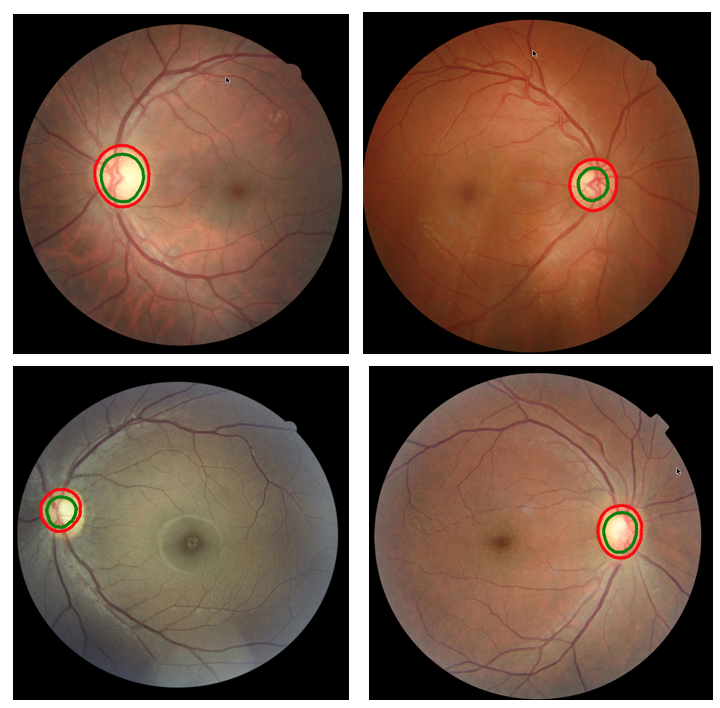Deep learning and neural networks allow you to identify diabetic retinopathy with an accuracy of 86%

About 422 million people from different countries suffer from various types of diabetes. Every third diabetic sooner or later receives diabetic retinopathy “to the load” of the main disease, due to which a person can completely lose his sight if time does not begin treatment. And here, early diagnosis of retinopathy is of great importance. The sooner action is taken, the greater the chance of success.
Unfortunately, a third of diabetics are never tested for retinopathy, as it is relatively expensive in certain countries. And in poor countries or remote regions, this procedure is completely unavailable.
IBM has found a solution to use its resources to help people with diabetes. Using a powerful node of technology, including deep learning, ultra-precise neural networks and visual analytics, helps diagnose retinopathy with 86% accuracy. In this case, the technology involved a base of 35,000 images of EyePAC. During the "refinement" of this technology, the company's specialists identified the main markers by which retinopathy can be identified. First of all, it is damage to the blood vessels of the retina.
')
The duration of the screening procedure developed at IBM is only 20 seconds. During this time, the diagnostic system can determine retinopathy with a high degree of accuracy. As one of the tools used in the procedure for screening eyes, ordinary mobile phones are used.
The developers believe that the new technology should be used as an auxiliary tool that complements the capabilities of doctors. As an autonomous system with the final diagnosis, the technology is not worth using.

The technology expands the range of use for doctors who work in hospitals and first-aid posts in remote regions. True, this requires the revision of the relevant laws of different countries. For example, in Australia, not so long ago, laws allowed doctors to carry out remote eye analysis from their photographs.
Research continues. The project also uses the capabilities of the service Watson Health Imaging . This service is based on IBM's cognitive technologies and helps doctors analyze medical images by identifying the smallest details in images. After the method of diagnosing diabetic retinopathy is finalized, it is planned to use it in hospitals around the world.
Source: https://habr.com/ru/post/403829/
All Articles